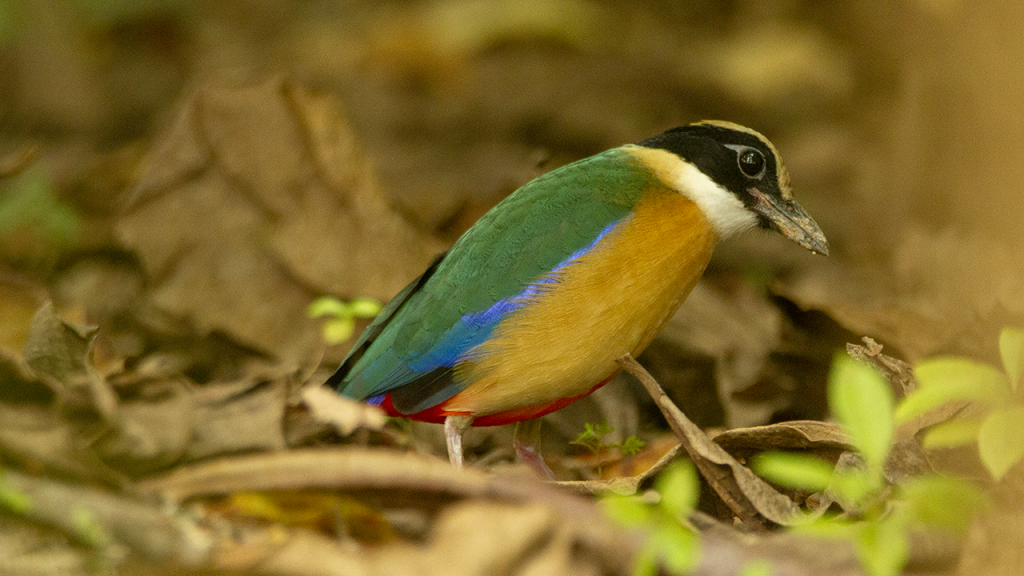
Albuquerque, NM (KKOB) — A new study by scientists at The University of New Mexico is shedding light on a potential cause between bird collisions and buildings.
The study, “Disentangling the biotic and abiotic drivers of bird-building collisions in a tropical Asian city using geological niche modeling,” led by UNM scientists David Tan and Nicholas Freymueller, was recently published in the journal Conservation Biology. It presents a novel finding revealing that night-migrating birds are at greater risk of colliding with buildings lit up with high levels of blue light at night, a factor that has not been extensively studied before.
Instead of surveying just a small number of buildings in the city center, Tan and co-lead author Freymueller collected community science observations of dead birds from across the entire island of Singapore, a densely populated city-state that’s slightly smaller than New York City, with over 100,000 buildings island-wide. With these observations, Tan and Freymueller used ecological niche modeling – a method normally used to estimate where animals live – to instead predict where birds were most likely to die from building collisions, by reconstructing the “death niche” of the city’s birds.
“In particular, we found that pittas, a group of colorful but secretive birds that collide extremely frequently (i.e., “supercolliders”) with buildings across South, East, and Southeast Asia, are particularly sensitive to blue light pollution and that future shifts to white LED streetlights are likely to increase the number of pitta collisions with buildings dramatically,” said Tan.
As a possible solution, the scientists suggested that buildings in future collision hotspots should incorporate collision-mitigation measures such as bird-safe glass into their façades, which will make glass surfaces more visible to birds and reduce the chance of collisions. Other glass shading measures, such as mullions and louvers, could also be incorporated into the way buildings are clad in high-risk zones near forests, the scientists said.
Read the full study and learn more about this research by going to the UNM Newsroom.






